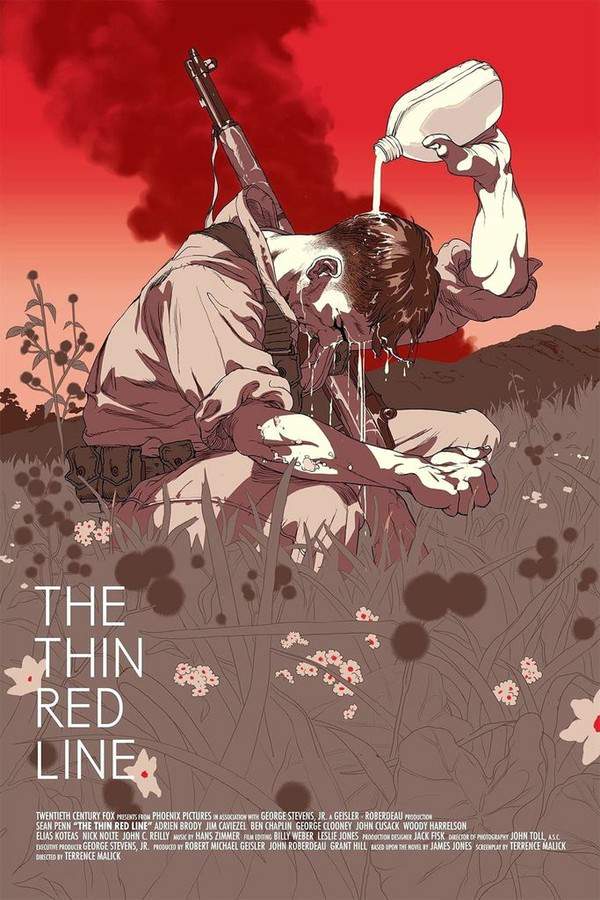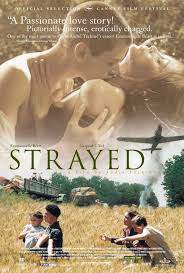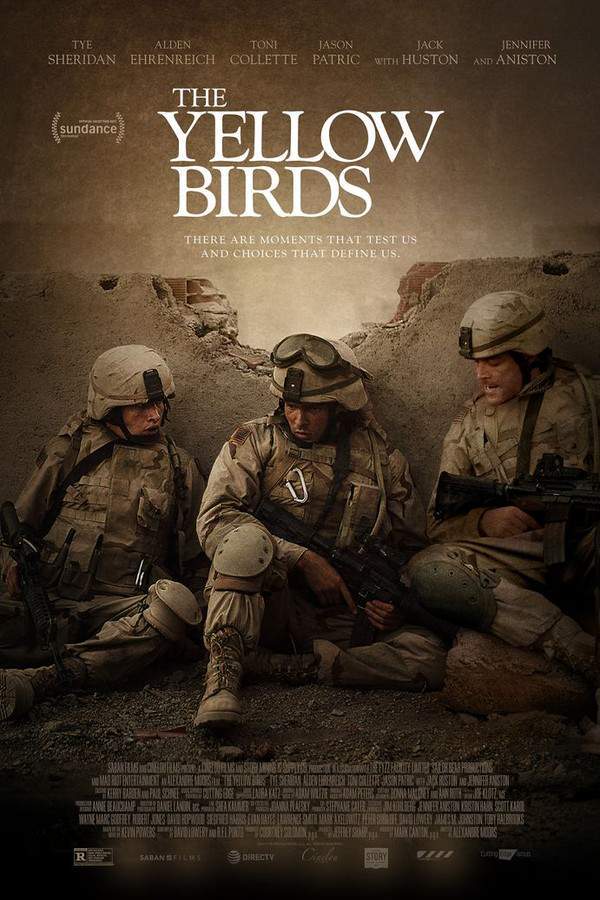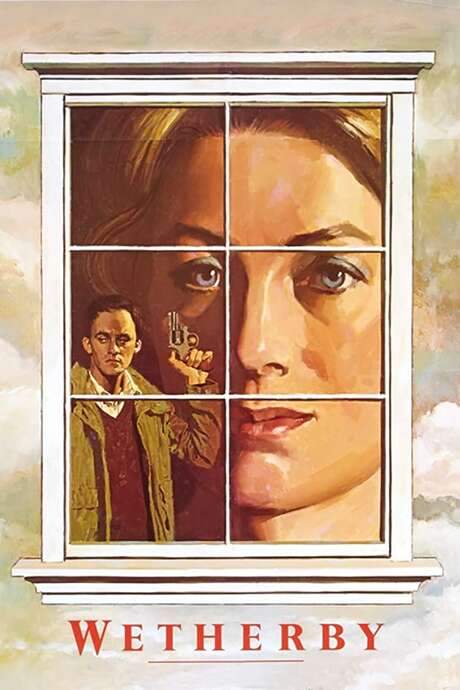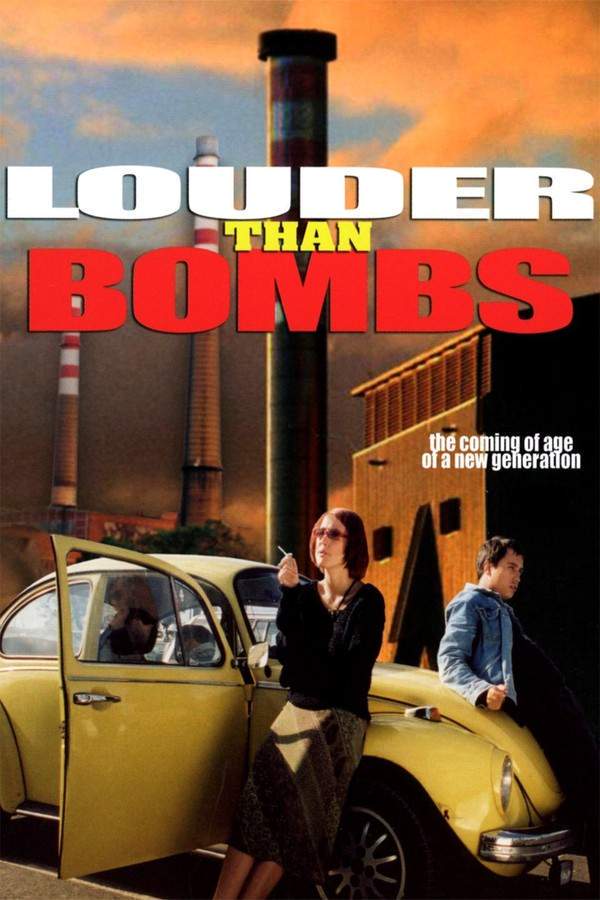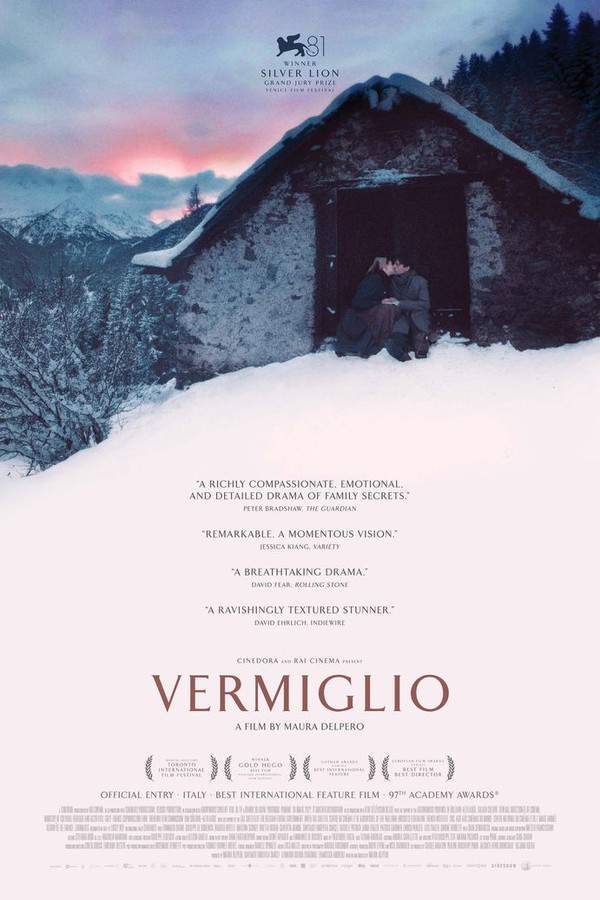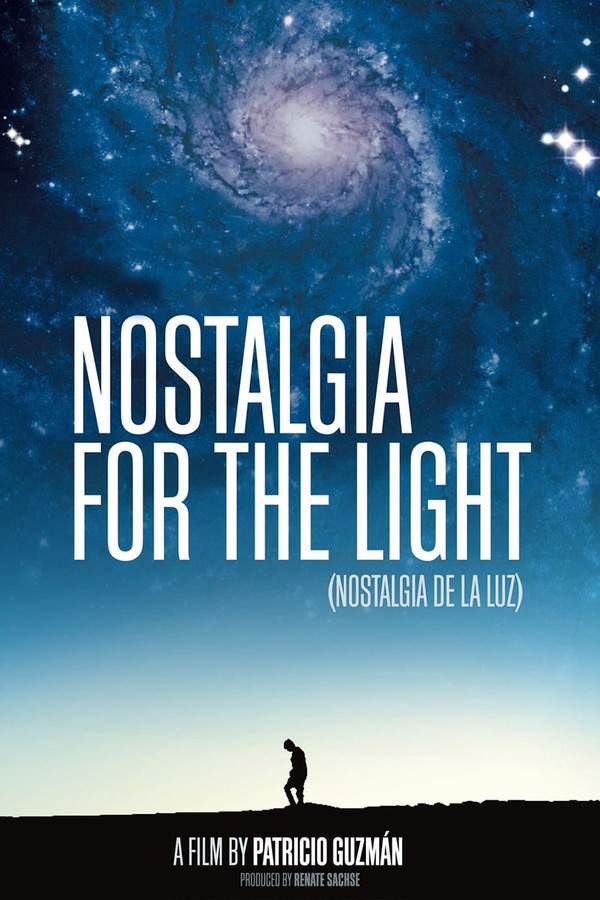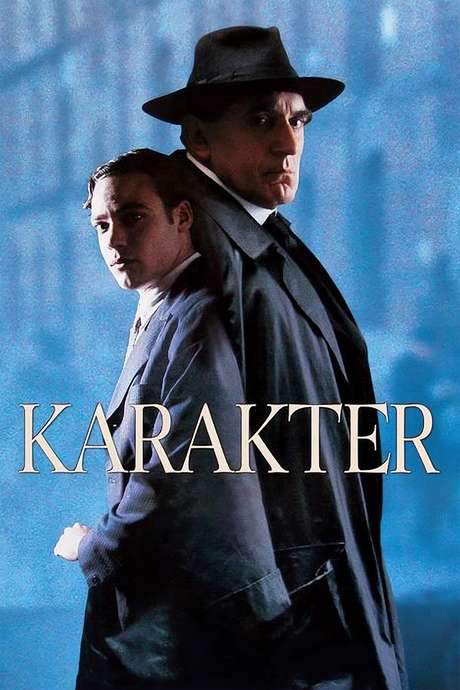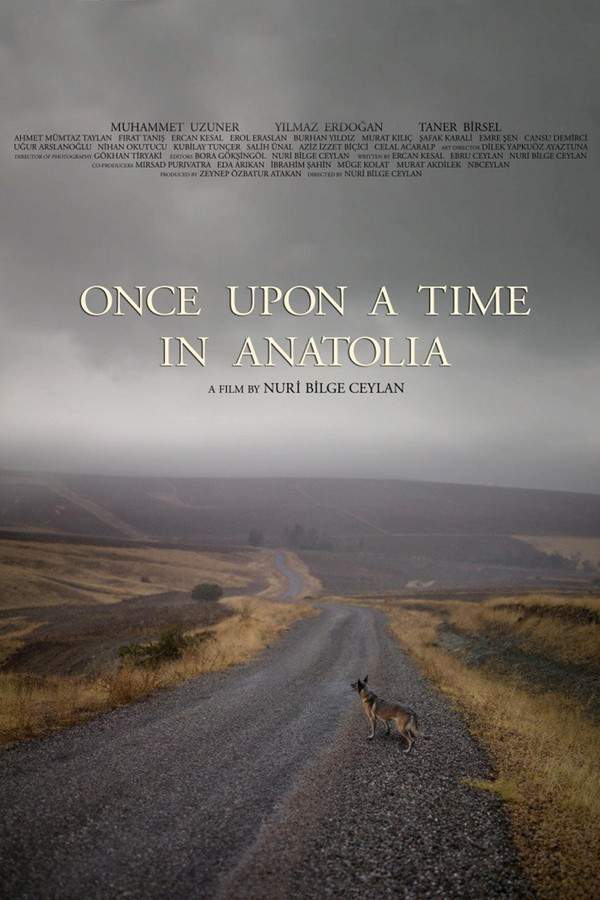
It Was In May
Year: 1970
Runtime: 110 mins
Language: Russian
Director: Marlen Khutsiyev
Days after Germany’s unconditional surrender, a detachment of Soviet soldiers is assigned to a seemingly untouched farmyard. The quiet rural setting masks a chilling reality, and the Red Army troops soon uncover the full horror of Nazi terror hidden within, confronting the brutal legacy of the war.
Warning: spoilers below!
Haven’t seen It Was In May yet? This summary contains major spoilers. Bookmark the page, watch the movie, and come back for the full breakdown. If you're ready, scroll on and relive the story!
Timeline & Setting – It Was In May (1970)
Explore the full timeline and setting of It Was In May (1970). Follow every major event in chronological order and see how the environment shapes the story, characters, and dramatic tension.
Last Updated: October 04, 2025 at 15:18
Main Characters – It Was In May (1970)
Meet the key characters of It Was In May (1970), with detailed profiles, motivations, and roles in the plot. Understand their emotional journeys and what they reveal about the film’s deeper themes.
Last Updated: October 04, 2025 at 15:18
Major Themes – It Was In May (1970)
Explore the central themes of It Was In May (1970), from psychological, social, and emotional dimensions to philosophical messages. Understand what the film is really saying beneath the surface.
Last Updated: October 04, 2025 at 15:18
Explore Movie Threads
Discover curated groups of movies connected by mood, themes, and story style. Browse collections built around emotion, atmosphere, and narrative focus to easily find films that match what you feel like watching right now.
Movies about the aftermath of war like It Was In May
Stories that explore the heavy silence and moral debris left in the wake of conflict.If you were moved by the contemplative and heavy atmosphere of It Was In May, this thread gathers similar films that explore the post-war period. These movies focus on the lingering trauma, moral reckoning, and quiet struggles of survival after the fighting has ended, offering a sobering look at the true cost of conflict.
Narrative Summary
Narratives in this thread typically follow characters—soldiers, civilians, or communities—as they navigate a world shattered by war. The central conflict is often internal or social, revolving around processing trauma, uncovering hidden atrocities, and facing the moral ambiguity of survival. The plot is driven by discovery and reflection rather than external action.
Why These Movies?
These films are grouped together because they share a specific setting and thematic focus. They prioritize a melancholic tone, slow pacing, and high emotional weight to convey the oppressive silence and unresolved pain that defines the post-war experience, creating a cohesive vibe of somber historical reflection.
Movies about uncovering dark truths like It Was In May
A slow, grim discovery of historical crimes that forces a moral confrontation.For viewers who appreciated the chilling discovery narrative in It Was In May, this collection features films with a similar pattern. These stories involve a slow, deliberate investigation that leads to the uncovering of horrific events, forcing characters and the audience to confront deeply disturbing truths about history and human nature.
Narrative Summary
The narrative pattern follows a journey of investigation or accidental discovery. Characters, often outsiders or newcomers, piece together clues in a subdued environment, leading to a climax that reveals the full scale of a hidden horror. The emotional journey is one of increasing unease shifting to profound shock and sorrow.
Why These Movies?
These movies are linked by a specific plot mechanism and emotional arc. They share a slow-burn structure that builds tension through atmosphere rather than action, leading to a devastating reveal. The combination of high tension, high sadness, and a melancholic, bittersweet tone creates a powerfully coherent and unsettling viewing experience.
Unlock the Full Story of It Was In May
Don't stop at just watching — explore It Was In May in full detail. From the complete plot summary and scene-by-scene timeline to character breakdowns, thematic analysis, and a deep dive into the ending — every page helps you truly understand what It Was In May is all about. Plus, discover what's next after the movie.
It Was In May Summary
Read a complete plot summary of It Was In May, including all key story points, character arcs, and turning points. This in-depth recap is ideal for understanding the narrative structure or reviewing what happened in the movie.

It Was In May Timeline
Track the full timeline of It Was In May with every major event arranged chronologically. Perfect for decoding non-linear storytelling, flashbacks, or parallel narratives with a clear scene-by-scene breakdown.

More About It Was In May
Visit What's After the Movie to explore more about It Was In May: box office results, cast and crew info, production details, post-credit scenes, and external links — all in one place for movie fans and researchers.







